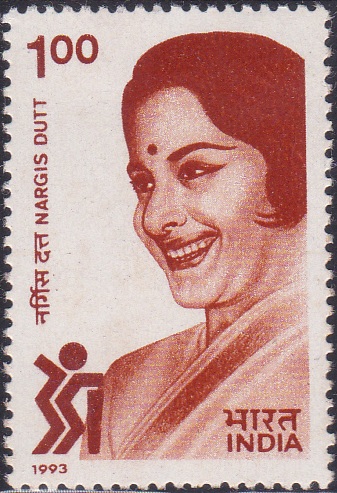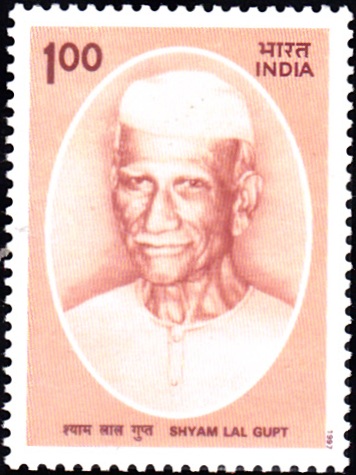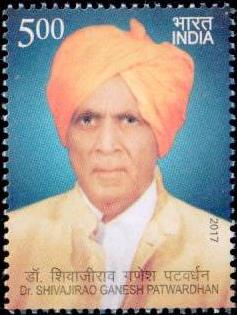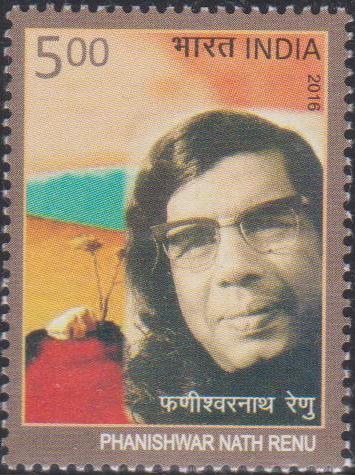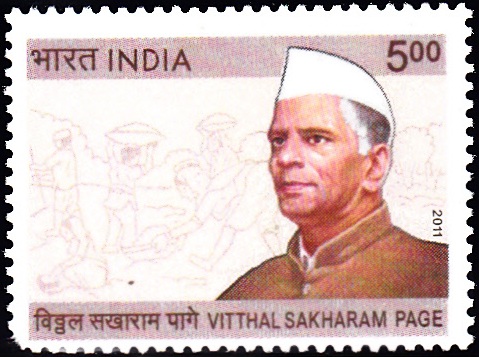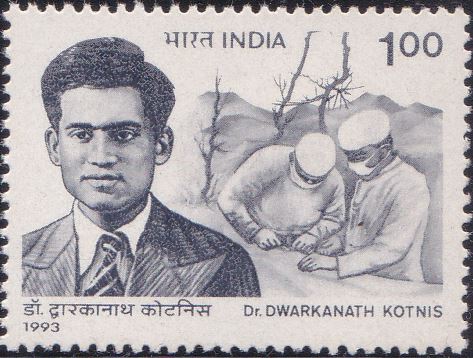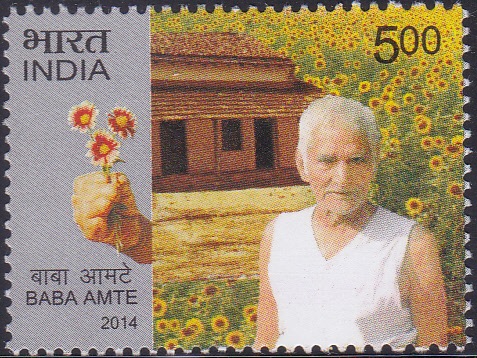
Baba Amte
A commemorative postage stamp on Murlidhar Devidas Amte, an Indian social worker and social activist, work for rehabilitation and empowerment of leprosy patients :
Issued on Dec 30, 2014
Issued for : Department of Posts is happy to issue a postage stamp on Baba Amte.
Credits :
Stamp/FDC/Cancellation : Alka Sharma
Type : Stamp, Mint Condition
Colour : Multi colour
Denomination : 500 Paise
Stamp Printed : 0.6 Million (0.1 Million for proponent)
Printing Process : Wet Offset
Printer : Security Printing Press, Hyderabad
Name : Muralidhar Devidas Amte
Born on Dec 26, 1914 at Hinganghat, Wardha, Maharashtra, India
Died on Feb 9, 2008 at Anandwan, Chandrapur, Maharashtra, India
About :
- Muralidhar Devidas Amte, lovingly referred to as Baba Amte, was born at Hinganghat, Maharashtra on 26th December. 1914.
- After obtaining a degree in Law in 1936, he started practicing as an advocate in Warora. Soon after, deeply moved by the poverty and degradation of the peasantry, he began organizing farmers’ cooperatives. He worked as a volunteer at sites affected by disaster as the Quetta earthquake of 1935 and Bengal famine in early 1940s. Influenced by Rabindranath Tagore and Mahatma Gandhi, he took an active part in the freedom struggle and was sentenced for organizing the lawyers to represent the imprisoned nationalist leaders.
- Baba Amte was also influenced by Sane Guruji, a social reformer from Maharashtra. He renounced his property and gave up the legal practice to set up a Shram Ashram (Hermitage of Labour) with the support of his wife, Sadhana. He worked wholeheartedly to improve the abysmal social and economic conditions of the social outcastes. It was the sight of a person in advanced stages of leprosy which proved to be the turning point in his life and influenced him to take the pledge to work for the care and rehabilitation of leprosy patients.
- In 1949, he attended a six month course on leprosy at the Calcutta School of Tropical Medicine. He started treating leprosy patients in 60 villages around Warora by moving across villages on foot. In 1949, Baba Amte founded the Maharogi Sewa Samiti, a registered charity, which remained a medium for his activities. He set up a commune for leprosy patients, along with his wife, two sons, and six leprosy patients, called the Anandwan or ‘Forest of Joy’.
- Anandwan soon became the nerve centre of Baba Amte‘s relentless crusade, helping leprosy patients become self-confident persons capable of cooperative and creative leadership. Its inhabitants cultivated the land to become self sufficient, and the establishment grew to include a clinic with two hospital wards, primary school for visually impaired, school for hearing and speech impaired, a college of agriculture, and an orphanage.
- Baba Amte also worked for improving the health of the tribals. With a view to bring about national integration and check communal violence. Baba Amte undertook the Bharat Jodo Yatra in December, 1985 from Kanyakumari to Jammu and covered different states reiterating his plea for checking religious fundamentalism, linguistic and territorial bickering and keeping the country above individuals. He also protested against the displacement of people affected by building of the dam across the river Narmada.
- Baba Amte was conferred the Padma Shree in 1971, Padma Vibhushan, and the Welfare of the Disabled award in 1986, and Gandhi Peace Prize in 1999. Baba Amte also received the Damien-Dutton Award in 1983 and the Ramon Magsaysay Award for Public Service in 1985.
- Baba Amte worked incessantly for welfare of the society till his death on 9th February, 2008.
- Text : Based on the information furnished by the proponent.
Subscribe
Login
0 Comments



